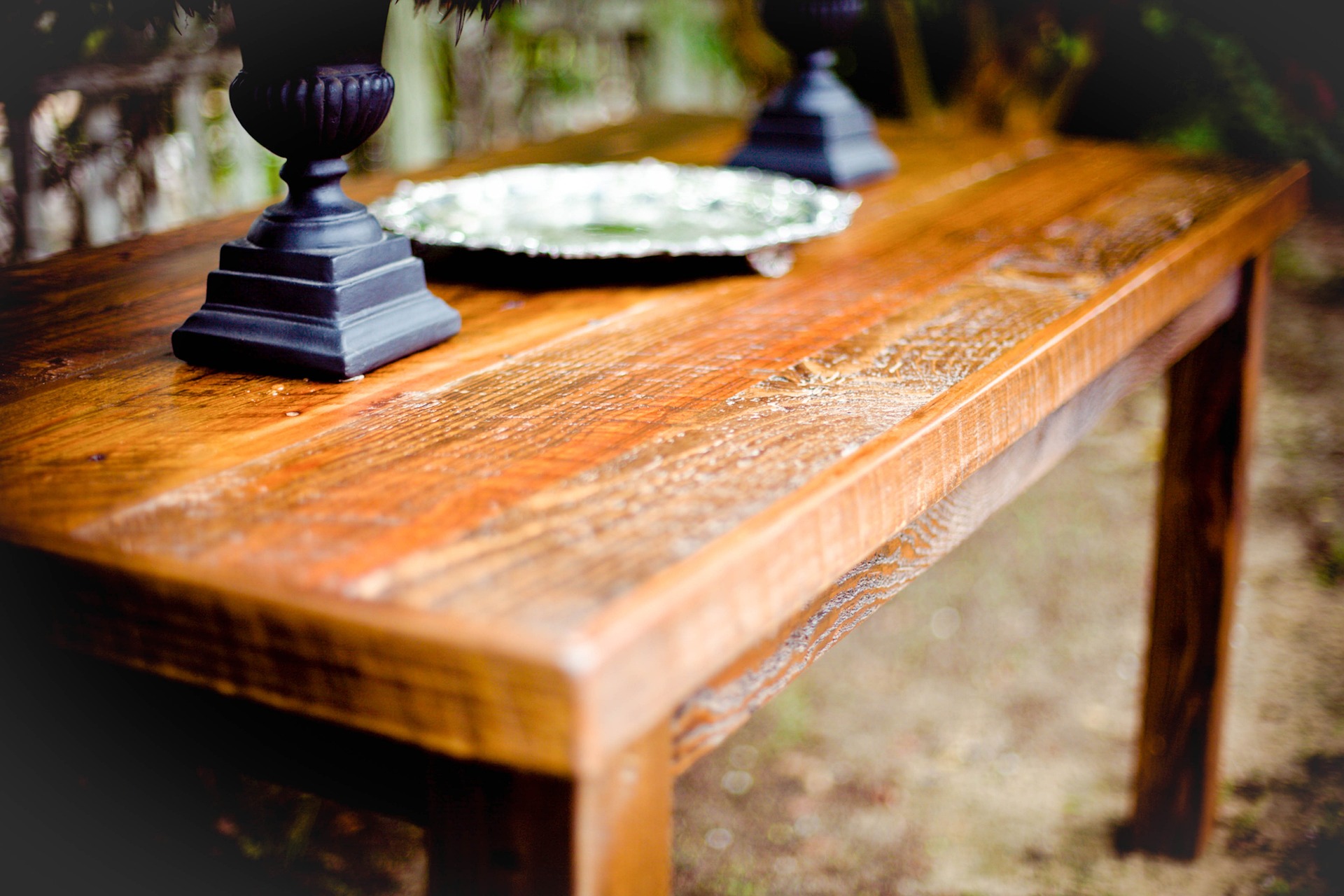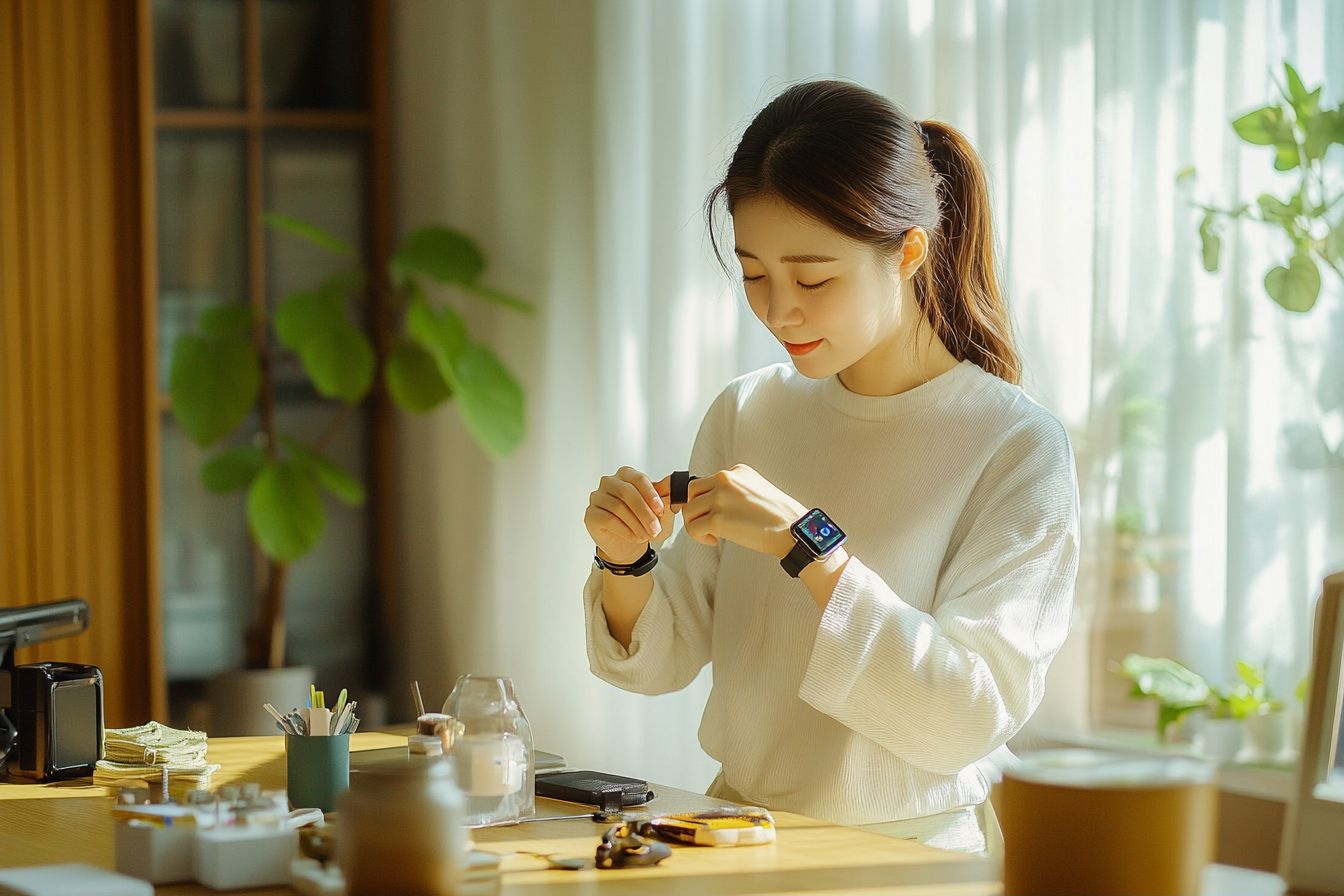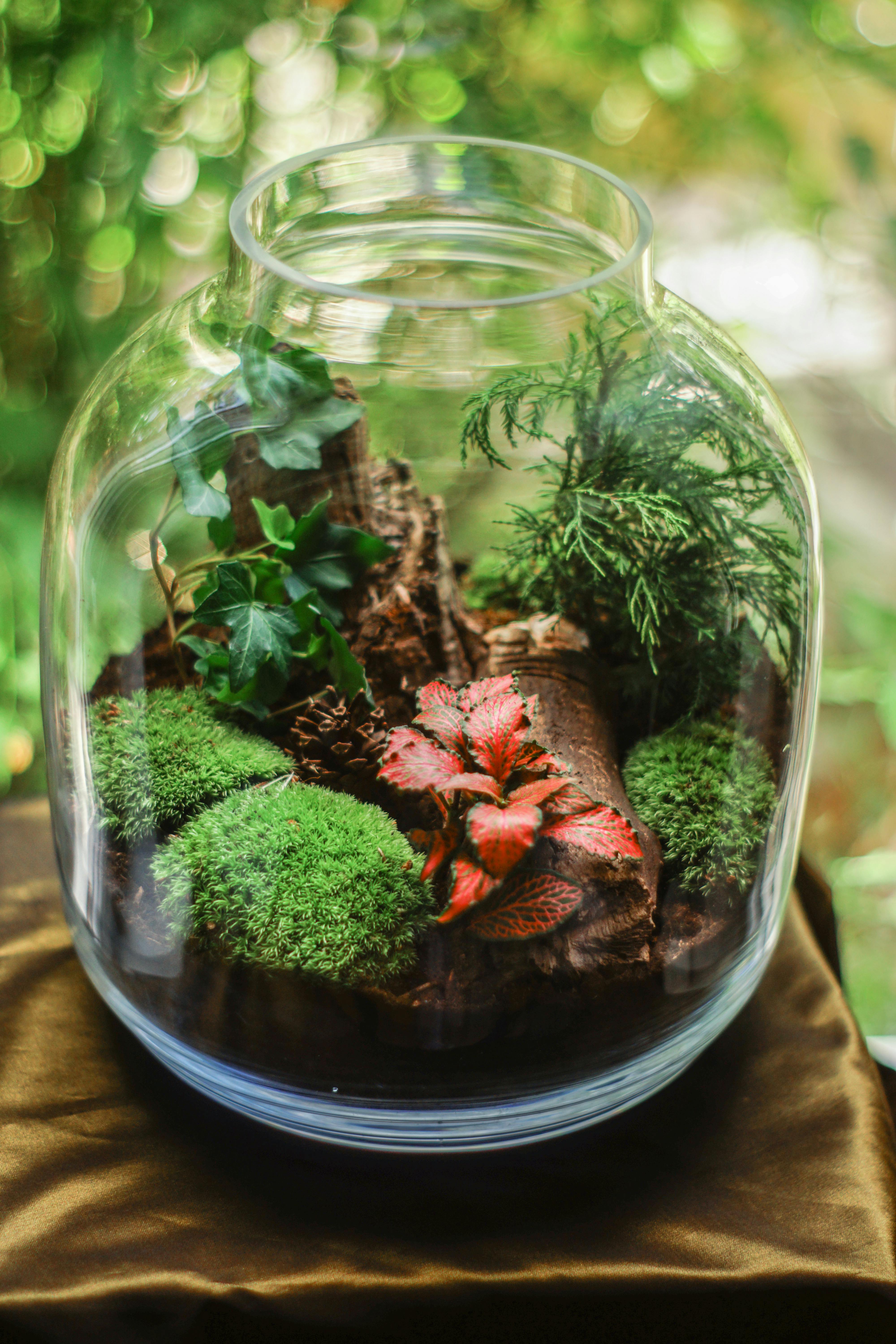Wabi-Sabi: The Art of Imperfect Beauty in Home Design
In a world obsessed with perfection, a counterintuitive design philosophy is taking root in homes across America. Wabi-sabi, an ancient Japanese concept celebrating the beauty of imperfection, is quietly revolutionizing how we approach interior design. This centuries-old aesthetic is finding new life in modern homes, offering a refreshing antidote to the polished, mass-produced look that has dominated for decades. Let's explore how wabi-sabi is transforming living spaces into havens of authenticity and tranquility.

This philosophy finds its origins in 16th century Japanese tea ceremonies, where simple, handmade items were prized over ornate, perfect ones. The concept evolved over centuries, influencing architecture, art, and daily life in Japan. Today, as more people seek authenticity and mindfulness in their living spaces, wabi-sabi offers a compelling alternative to the pursuit of perfection.
Incorporating Wabi-Sabi in Modern Homes
Adopting wabi-sabi in your home doesn’t mean embracing neglect or disorder. Instead, it’s about finding beauty in simplicity and imperfection. Start by incorporating natural materials like wood, stone, and clay. Choose pieces with visible grain, knots, or subtle asymmetry. Handmade ceramics, with their slight variations and occasional flaws, embody the wabi-sabi spirit perfectly.
Color palettes in wabi-sabi interiors tend to be muted and earthy, reflecting the hues found in nature. Soft whites, warm greys, and gentle browns create a serene backdrop. Avoid stark contrasts or overly bold colors that might disrupt the sense of harmony.
The Role of Patina and Wear
In the wabi-sabi aesthetic, signs of age and use are not flaws to be hidden, but details to be celebrated. A wooden table with visible scratches tells a story of gatherings and shared meals. A leather armchair with subtle creases speaks of comfort and relaxation. These marks of time add character and depth to your space.
Consider incorporating vintage or antique pieces into your decor. A weathered copper vase or a gently worn rug can add layers of history and interest to a room. The key is to balance these elements with more contemporary pieces to create a timeless, evolved look.
Embracing Simplicity and Space
Wabi-sabi interiors often feature a sense of spaciousness and simplicity. This doesn’t mean stark minimalism, but rather a thoughtful curation of items. Each piece should serve a purpose or bring joy. Decluttering becomes not just about organization, but about creating room for appreciation and mindfulness.
Consider the concept of ma, or negative space, in your design. Allow for empty areas that give the eye a place to rest and the mind room to contemplate. This approach can make even small spaces feel more open and serene.
Connecting with Nature
A core principle of wabi-sabi is the celebration of natural processes and materials. Bring the outdoors in with plants, branches, or stones. Choose materials that age gracefully, like linen, wool, or untreated wood. These elements not only add texture and interest but also help ground the space in the natural world.
Consider creating a small indoor garden or a meditation corner with natural elements. This can serve as a daily reminder of the beauty of impermanence and the cycles of nature.
The Mindful Approach to Decorating
Adopting wabi-sabi in your home is as much about mindset as it is about aesthetics. It encourages a slower, more intentional approach to decorating. Instead of rushing to fill your space with the latest trends, take time to curate pieces that resonate with you on a deeper level.
This might mean waiting to find the perfect handmade ceramic bowl rather than settling for a mass-produced alternative. Or it could involve learning to appreciate the subtle beauty of a crack in a beloved vase rather than discarding it. This mindful approach not only creates a more personal and meaningful space but also promotes a more sustainable way of living.
Wabi-Sabi in Daily Life
Beyond aesthetics, wabi-sabi offers a way of living that can bring more peace and contentment to our daily lives. It teaches us to find beauty in the everyday, to appreciate the present moment, and to accept the imperfections in ourselves and our surroundings.
In a home designed with wabi-sabi principles, you might find yourself more inclined to slow down, to notice the play of light on a worn wooden floor, or to appreciate the subtle variations in a handwoven textile. This heightened awareness can lead to a greater sense of gratitude and presence in your living space.
Balancing Wabi-Sabi with Modern Life
While the principles of wabi-sabi are rooted in ancient philosophy, they can be seamlessly integrated into modern life. The key is finding a balance that works for you. You don’t need to forgo all modern conveniences or technology to embrace wabi-sabi. Instead, consider how you can incorporate its principles in a way that enhances rather than hinders your lifestyle.
For example, a sleek smart home system can coexist with wabi-sabi elements if it’s thoughtfully integrated. The goal is to create a harmonious space that reflects both the beauty of imperfection and the conveniences of modern living.
The Future of Wabi-Sabi in Home Design
As we move forward in an increasingly digital and fast-paced world, the principles of wabi-sabi offer a much-needed counterbalance. This aesthetic is likely to continue gaining popularity as more people seek ways to create calm, authentic spaces in their homes.
Designers are finding innovative ways to incorporate wabi-sabi principles into contemporary interiors, blending traditional Japanese aesthetics with modern design sensibilities. This fusion creates spaces that are at once timeless and current, offering a respite from the constant pursuit of perfection.
In embracing wabi-sabi, we’re not just changing how our homes look, but how we live in them. It’s an invitation to slow down, to appreciate the beauty of the present moment, and to find peace in imperfection. As we navigate an uncertain world, the wisdom of wabi-sabi offers a grounding force, reminding us of the enduring beauty found in simplicity, authenticity, and the gentle passage of time.





